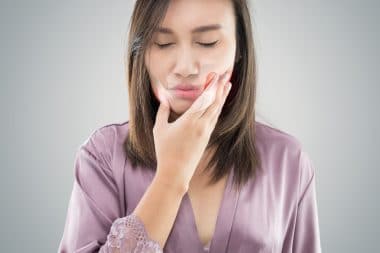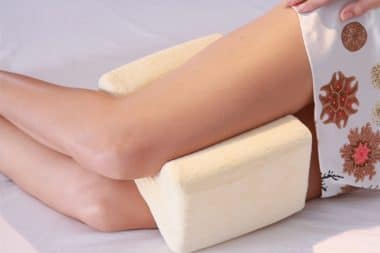Lateral epicondylitis, or tennis elbow, is a degenerative condition of the tendon that attaches to the bony part of the elbow from chronic overuse and abuse. The tendons involved are those that anchor the muscles of the wrist and hand to lift and raise the wrist. Ask anyone who has suffered from the symptoms of tennis elbow, this condition is painful.
Tennis elbow happens more commonly to people between 30 and 50 and can affect half of all athletes who play racquet sports. The specific action that causes injury and inflammation is the use of the backhand stroke with poor technique.
But not all people who are affected are athletes. The factor that most affects the development of the condition is the repetitive and vigorous use of the forearm, such as in racquet sports, meat cutting, fencing, plumbing, painting, raking and weaving.
Diagnosis and Treatment
The burning pain of tennis elbow on the outside of the arm often starts slow and worsen over weeks and months. The pain is felt with pressure over the outside of the elbow or by using the forearm by gripping or lifting objects. The pain is similar to golfers elbow except that the golf elbow overuse pain is on the inside of the elbow where this is on the outside of the elbow.
People who experience tennis elbow will complain that they aren’t able to grip objects well, turn door knobs, and may even feel pain at rest.
If the injury appears minor you may think about treatment at home but if you don’t strengthen the joint appropriately and go back to the activities you were doing inappropriately before you’ll end up with the same condition. If the elbow can’t be bent, is swollen, hot, inflamed, you have a fever or the elbow appears deformed you should see the doctor immediately.
To diagnose the problem your doctor will first take a complete medical history looking for causative actions that may have contributed to the development of the condition. They will ask about activities, when you may have first noticed the condition, what you do each day and how this has been impacting your day. Moving on they will perform a physical examination comparing the injured elbow and arm against the other side. He’ll put pressure on the elbow to see if it elicits pain or moves the fingers and wrist.
X-rays to diagnose tennis elbow aren’t necessary and will not reveal tendon damage but may reveal other problems which will require different treatments. Rarely the doctor may ask for an MRI to image the tendon if they feel there is significant damage.
Initial treatment of tennis elbow involves several common sense self-care steps such as using ice to the joint and anti-inflammatory medications, such as ibuprofen, to decrease the inflammation in the joint and help it to heal faster. Stop the activities that you know have caused the condition and anything that is painful. Continuing your activities through the pain will cause greater damage to the tendon that may require surgery to repair.
Once you have the pain under control you will want to evaluate how you use your arm with the assistance of a physical therapist. If you are using your arm inappropriately during a sporting activity and can change the motion or find compensatory mechanisms to help with other activities such as painting, weaving or meat cutting, you’ll reduce your risk of having this happen again.
If the pain doesn’t go away in a reasonable amount of time your doctor may suggest that you consider steroid injections directly into the joint to help decrease the inflammation and joint pain. However, there is no clear long-term benefit to using steroid injections over physical therapy. Physical therapy provides the same benefits short term and will give more long term pain relief than a shot of steroid.
For more serious conditions your doctor may ask you to consider surgery to repair the joint. Before considering this option you should have been consistent with physical therapy for at least 1 year, have limited motion in the elbow and significant pain.
Although tennis elbow is common among those who consistently use their forearms there are only 10% of those who experience the symptoms who may need surgery to repair the tendon. With a strong rehabilitation program, consistent therapy, and re-evaluation of how you use the arm reoccurrence of the condition is highly unlikely.







Reply